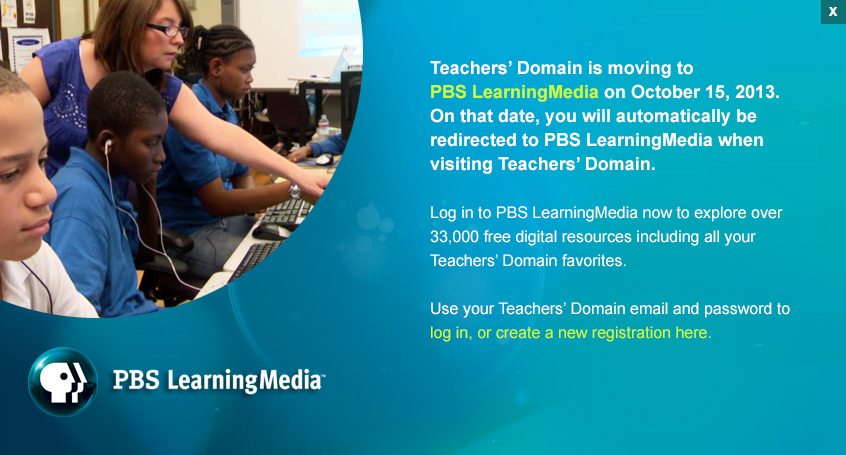Teachers' Domain - Digital Media for the Classroom and Professional Development
User: Preview

Source: University of California Museum of Paleontology
The discovery of an intact fossilized creature or plant -- such as the celebrated finds of woolly mammoths preserved whole in ice, insects entombed in tree resin called amber, and saber-tooth tigers trapped in tar -- is a very rare occurrence. More often than not, paleontologists and amateur fossil collectors uncover incomplete fossilized remains in the form of skeletons, teeth, and imprints of animals and plants.
When an organism dies, it is exposed to a variety of biotic and abiotic factors. Biotic factors, such as scavengers, predators, and decomposers, are likely to break down and destroy the organism. Abiotic factors, including weathering, erosion, and tectonic processes such as volcanic activity and earthquakes, can also wear away or obliterate its remains. Soft tissue, muscle, and organs do not normally preserve well over time, as organic matter left exposed to air and microorganisms quickly decomposes. Hard, inorganic matter made of minerals, including bones and teeth, stands a better chance of being preserved, especially once it is buried under sediment.
Geological processes that result from the movement and interaction of the Earth's lithospheric plates eventually move fossils around, enabling their discovery. For example, in a process called uplift, old, deeply buried geological strata can be forced upward to the surface. Once there, the fossils found in these deposits may be excavated, or more likely, uncovered through the processes of erosion.
Not every type of rock contains fossils, so paleontologists focus their discovery efforts on areas with the type of rock most likely to contain them: sedimentary rock. They look along hillsides and in other areas where uplift and erosion have occurred, potentially exposing previously buried fossils.
Large concentrations of fossils in a geographic area are called fossil troves or lagerstatten, a German word meaning "lode places" or "mother lode." Lagerstatten offer scientists a more complete record of the diversity and ecology of ancient communities than any single fossil can on its own. Some of the world's more famous lagerstatten are the Burgess Shale in Canada, the Maotianshan Shale in Chengjiang County in China, the Ediacara Hills in Australia, and the Solnhofen limestone deposits in Germany.
 Loading Standards
Loading Standards Teachers' Domain is proud to be a Pathways portal to the National Science Digital Library.
Teachers' Domain is proud to be a Pathways portal to the National Science Digital Library.
